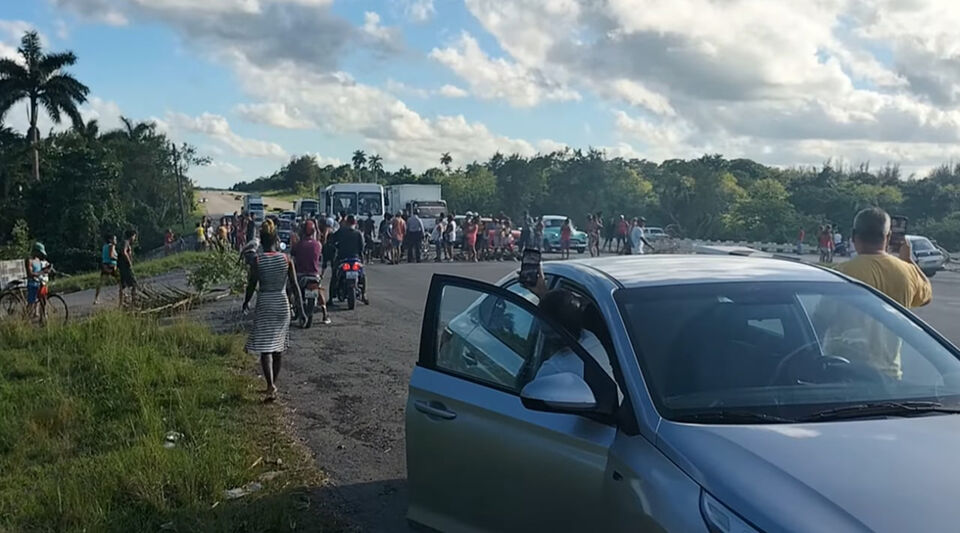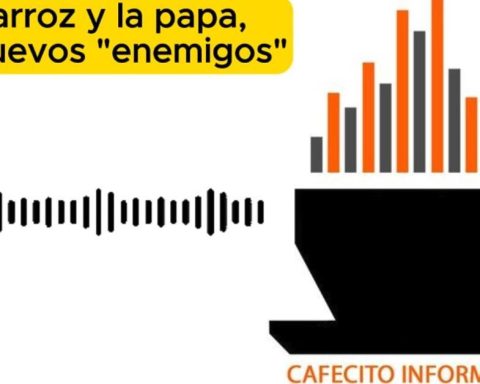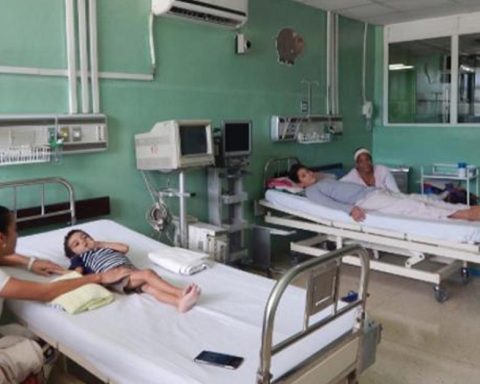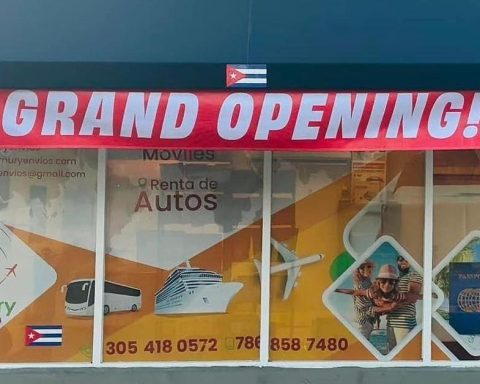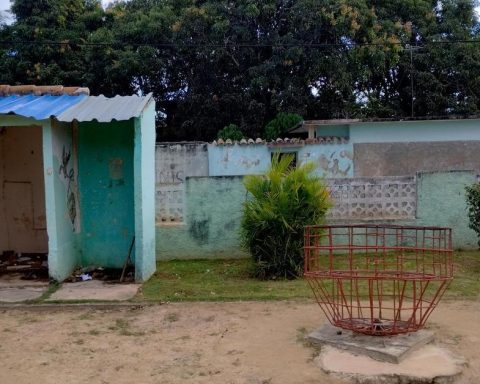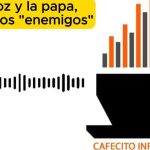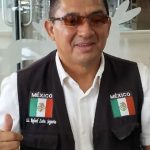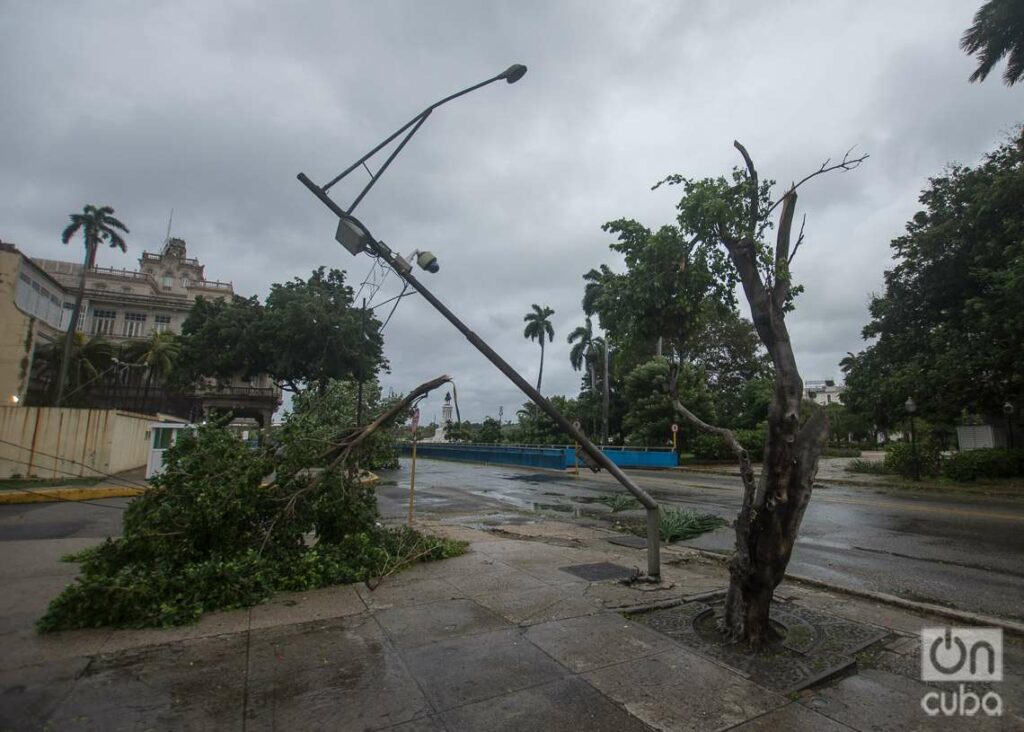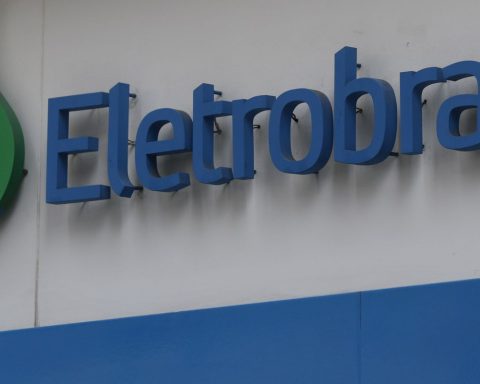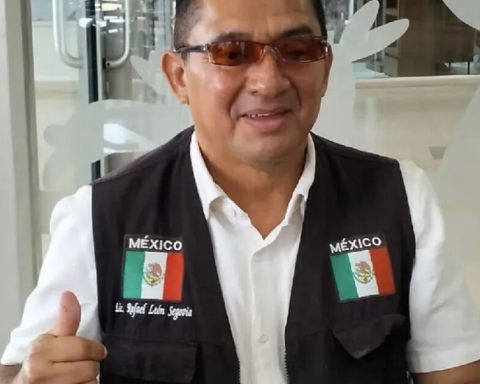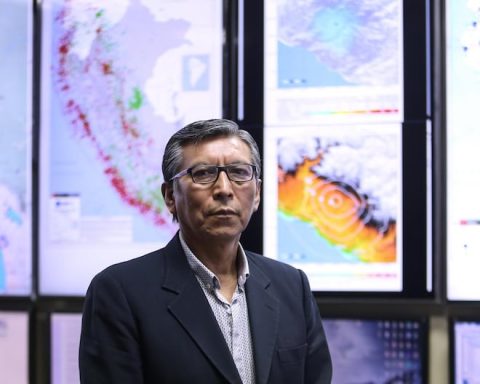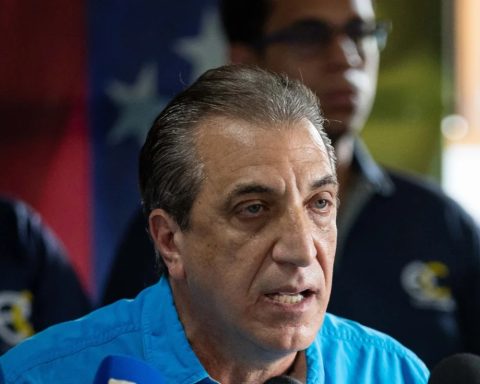Governance on the Island continues to deteriorate. Last September, the rejection of more than 4 million Cubans who abstained and those who voted “No” despite pressure was made clear in the referendum on the new Family Code, which was finally approved. This setback coincided with the most widespread popular protests since July 11, 2021, according to the Cuban Observatory of Conflicts (OCC).
The organization, which prepares monthly reports on the conflict on the island, refuted with data the statement by the ruler Miguel Díaz-Canel, who proclaimed that the affirmative vote on the Family Code favored “Unity, the Revolution and Socialism.”
The 3,936,790 votes obtained under pressure were below the 4,145,771 made up of the sum of the voters who refused to vote despite reprisals for them to do so (2,195,771) and those who voted no (1,959,097). ). In addition, this “sum does not include those 360,042 whose ballots were annulled.
The month coincided with the total collapse of the National Electric System, the worsening of the dengue epidemic and the passage of Hurricane Ian, which left five dead and 30,000 homes damaged, some completely destroyed. “These are just catalysts for the protests, since the main conflict is between the current dictatorial regime and the aspirations and basic needs of the population,” says the US-based OCC.
The protests rose in tone and “not only included cacerolazos and marches, but also barricades in the streets.” The social demands ranged from the reestablishment of the electrical service to cries of “freedom” and “expressions of rejection of the repressive forces and the rulers.”
The month coincided with the total collapse of the National Electric System, the worsening of the dengue epidemic and the passage of Hurricane Ian, which left five dead and 30,000 homes damaged, some completely destroyed.
This was made clear during a tour of areas affected by Hurricane Ian, when Díaz-Canel visited Batabanó, in Mayabeque. “He is surrounded,” a woman shouted from the crowd that surrounded the vehicles in which the ruler and his entourage were traveling. “They don’t let the people talk” and “walk so you can see”, claimed the neighbors, who also called the security agents “cheeky” and “snitches”.
Of the 364 protests referred to, 43 were massive street demonstrations, especially on September 29 and 30, which “included cacerolazos, roadblocks and marches.” In Havana, 33 were registered, Artemisa, which was the second province with the most protests, Las Tunas (3), Villa Clara (3), Holguín (1), Santiago de Cuba (1), Mayabeque (1) and Matanzas (1). . The document reiterates that the reports on “repressions” and “new protests” were maintained at the close of the report.
Another 227 demonstrations were for political and civil rights (62%) and 137 for economic and social claims (38%), which maintained the same trend as the previous month, reflecting that more than half of the demonstrations were for political issues. and social.
These protests, the OCC points out, respond to the “deliberate neglect for years of the needs of the population: food, energy, housing, health, sanitation, education and transportation,” which has aggravated the crisis.
The OCC warned the United States that in case of making unilateral concessions to the Government of Cuba, these would “strengthen its capacity to use them in a strategy of social appeasement and increase in repressive brutality in the short term.”
The organization specified that the central core of this conflict is not between Havana and Washington, but between the failed system that governs Cuba and the needs and aspirations of the population.
________________________
Collaborate with our work:
The team of 14ymedio is committed to doing serious journalism that reflects the reality of deep Cuba. Thank you for joining us on this long road. We invite you to continue supporting us, but this time becoming a member of our newspaper. Together we can continue transforming journalism in Cuba.
